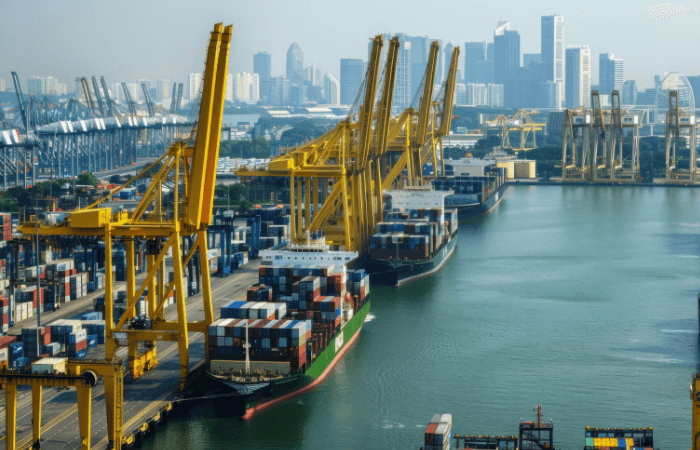Watch for industry-specific stress tied to tariffs
On the ground, some industries are already feeling the squeeze, which could impact banks and credit unions.
Higher tariffs on materials like steel, aluminum, and lumber increase construction costs, which puts pressure on homebuilders. This hits particularly hard in urban growth corridors where housing starts had begun to rebound. For community FIs that generate fee income by originating and selling mortgages, this poses a serious challenge. With rising rates and low housing inventory already dampening recovery prospects, tariff-driven cost increases could delay any rebound and affect pipeline margins.
The auto sector’s also in the crosshairs. Tariffs on imported vehicles could shrink demand for new cars, shifting more buyers into the used car market. Credit unions — many of which rely heavily on direct and indirect auto lending — may need to explore new ways to deploy capital. According to early feedback from regional lenders, used auto loans have begun to show modest growth, but that creates both opportunity and risk, particularly around vehicle valuation and loan-to-value ratios.
As one community banker put it: “The average borrower is still making their payments — but just barely. If gas or grocery prices tick up even a little, I worry we’ll see a spike in credit card delinquencies and skipped auto payments.”
On the ag side, another financial institution leader shared: “We’re already stress-testing our agriculture portfolio for higher input costs. Fertilizer, feed, equipment — it’s all impacted. And when our farmers slow down, the rest of the town does too.”
Duncan Taylor, EVP at the Washington Bankers Association, noted early signs of weakening loan demand—an indicator that businesses might be holding off on projects that had been in the works. During a recent Abrigo podcast, Taylor said: “The impact on banking is that anytime commerce is affected, the banking industry is going to experience that viscerally because our fundamental business model is we build communities, and we facilitate the flow of commerce. That's banking in a nutshell.”
Also of note: some banks and credit unions are seeing a slowdown in deposit growth in suburban and rural branches. We saw the same thing during the post-COVID inflation cycle when households dipped into savings to cover higher prices. Institutions servicing communities that depend heavily on manufacturing or farming may especially see this slowdown.







